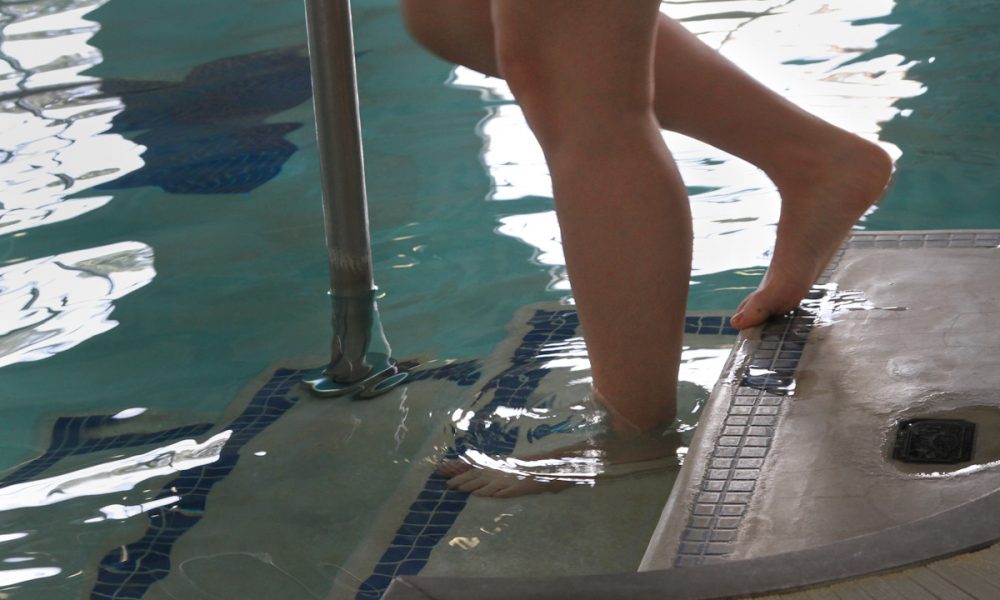When signs and symptoms of cerebral palsy (CP) first appear in young children, it can be a difficult and confusing time for parents, caregivers, and health professionals alike.
Development for children with CP can be difficult to diagnose, as the neurological disorder manifests differently in every person—both in terms of specific symptoms as well as severity of symptoms and coinciding conditions.
This uncertainty can also make initial treatment difficult. Different symptoms may respond better to different courses of treatment, and a period of trial and error may be expected for some patients.
For nearly all people with cerebral palsy though, physical activity and some form of physical therapy are routine forms of treatment. For children with CP, aquatic physical therapy (sometimes called hydrotherapy) is increasingly popular as a form of treatment.
Why Aquatic Therapy for Children with Cerebral Palsy?
Aquatic therapy is a form of physical therapy that occurs in the water. Water immersion provides buoyancy, hydrostatic pressure, and added resistance that can make therapy both more comfortable and more effective. According to CerebralPalsy.org, the benefits of water therapy include:
- Encouragement of a wide range of movements, ambulation, and oppositions than regular exercise
- Alleviation of stress and tension
- Pain and tension reduction in muscles and joints
- Protection against injury
- Improved cardiovascular conditioning
- Decreased discomfort after exercise
- Increased range of motion and flexibility
- Reduction in muscle spasticity
- And more
The effectiveness of aquatic intervention in children with CP has been demonstrated anecdotally and in clinical studies. One such study, completed in 2012, looked at 29 children aged 5 to 14, found that aquatic activities, “not only have a therapeutic effect on children with CP (decreasing muscle tonus, increasing motor function, increasing walking efficiency, functional abilities…), but they also have a psycho-social effect (increasing quality of life, life habits, socialization…)” (Source).
Cerebral Palsy Swimming Exercises
When a child with CP participates in aquatic therapy, what kinds of exercises can they expect to do? That will ultimately depend on their therapeutic needs as determined by their symptoms and the recommendations of their doctor and therapist.
That said, here are some of the most common water exercises for children with CP:
- Deep water walking, running, or jogging
- Water-based stretching or movement exercises
- Resistance exercises
- Swimming
Aquatic Therapy for Children with CP in Connecticut
If you’re the parent or guardian of a child with cerebral palsy or other neurological or neuromuscular disorders, you may be interested in how aquatic therapy can help. If you’re interested in learning more, consult with your pediatrician and get in touch today with Cheshire Fitness Zone.
Cheshire Fitness Zone is a pediatric therapy clinic located in Cheshire, Orange and Meriden, Connecticut, specializing in physical therapy, occupational therapy, aquatic therapy, and more for kids with a variety of backgrounds.
Call (203) 250-9663 or use the form below to get in touch.



